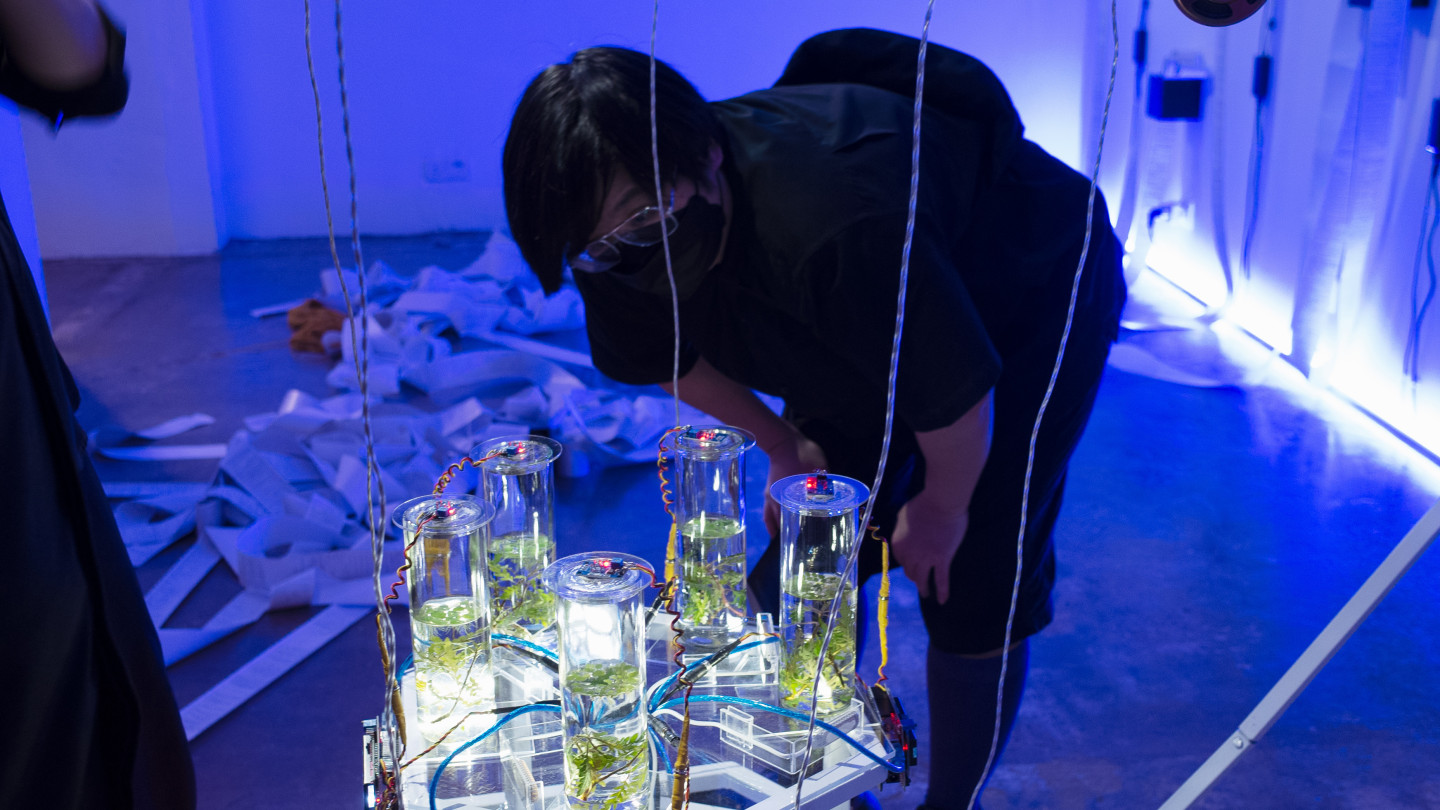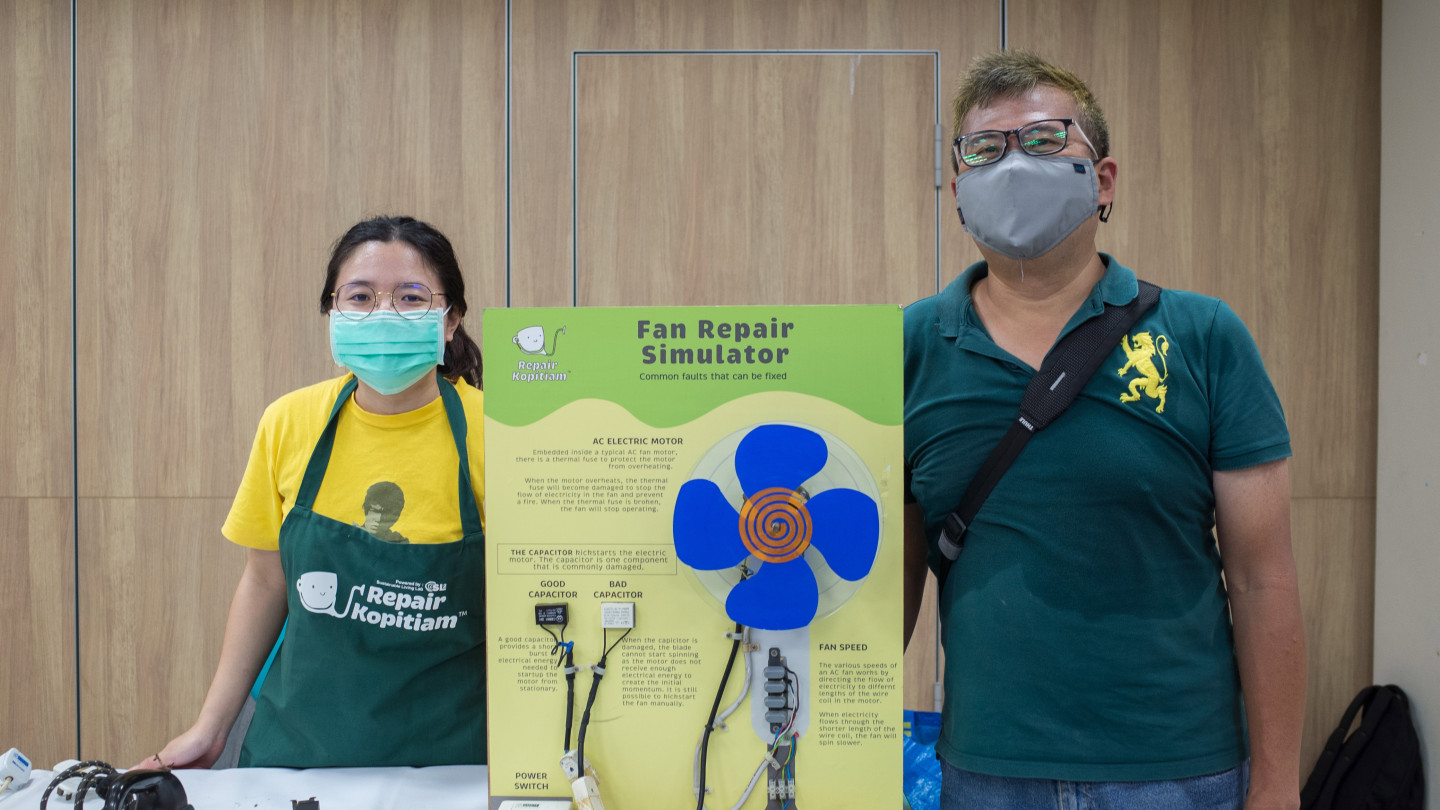Smart City is a term referring to concepts that aim to make cities and societies more livable with the help of digitisation, primarily in the areas of infrastructure, technology and policy. This project seeks to extend the discourse with a cultural perspective, raising issues in the interconnection of arts, culture and science and technology, as envisioned in the New European Bauhaus initiative. Following the digital launch of this initiative in 2020 (including a fellowship programm and a digital platform) this project secured the further developement of this initiative.
The original plan was for this to be a multi-year, long-term project. However, due to the change in directorial direction, the funding was halted. The original plan was to develop a 3 day symposium in Singapore where global subject-matter experts would be invited to present and share. However, this was changed due to the impact of Covid-19 and the halt in global travel
Outcomes
The project managed to involve a rich range of artists, architects, academics and other subject-matter experts in cultural exchange and dialogue about the role of culture in the future smart city. There was also a diversity of topics that were discussed and deliberated, from human needs in the smart city from a neuroscience perspective, to the role of typography in digital communication.
There were a total of 5 live digital dialogues, which featured 11 subject matter experts as speakers and facilitators, and reached out to 192 participants. The speakers, facilitators and audience came from a range of cities, including Berlin, Bangkok, London, Singapore and Seoul. As of 21 May, the online videos also had a total reach of 522 views. The Global Open Call received a total of 66 submissions across 18 cities. A total of 5 were further shortlisted as winning entries. The hybrid exhibition featured 8 physical installations and 3 digital works from 11 artists, collectives and creatives. The exhibition had 520 visitors in total, which were diverse in terms of demographics and familiarity with the arts. This included children and families, young adults as well as arts practitioners like curators, artists and arts managers.
A presentation of opportunities created by the project was given to emerging and/or new artists and creatives, such as Mouse Click Click and Cass Zheng for the exhibition. Opportunities were also given to artists and creatives to explore the topic of culture and the smart city in new ways beyond their usual practice and in cross-disciplinary formats. For instance, performance artists were challenged to present their ideas in an installation-format suitable for a visual arts space, and a poet was encouraged to present her writing in a visual installation-format.
The project also provided new job opportunities for emerging arts managers. Due to the departure of the original team members, there was the opportunity to hire a new team of arts managers to assist with the organisation. There was a conscious effort to work with 3 emerging arts managers, and strengthen their skills and knowledge while providing global exposure. Two arts management students also benefited - by either being part of the main producing team or by being employed as a gallery sitter. Additionally, the project formed new connections with artists and creatives and managed to provide opportunities for recognition and presentation for emerging artists, which will further their careers.
Challenges and learnings
While the hybrid programmes and exhibitions were diverse in nature, provided differing touchpoints for access, exchange and dialogue and allowed for different forms of participation, the impact of Covid-19 and the constant change in safe management measures meant that planning was affected, and multiple contingency plans had to be made. One of the artists who was supposed to perform during the exhibition opening had came down with Covid-19 a few days before, which required the project team to postpone his performance and communicate this to the guests who were invited to the opening.
Feedback
.We feel happy and curious to be amongst the artists and collectives that have been gathered for Tracing Latencies, which we feel is a timely look at Singapore as a smart city, especially in the continuing wake of COVID-19. The pandemic has been a radical push for our relationships with algorithms, data collection and interfaces to change, and these changes have occurred within a city that was already attempting to become “smarter”—to use algorithms and data to make life more “efficient” and “effective”. We have to consider: to what extent, in what ways, and at what cost? Tracing Latencies offers a survey of the landscape through multiple lenses that we are excited to contribute to.
Feelers Collective, formed 2021


